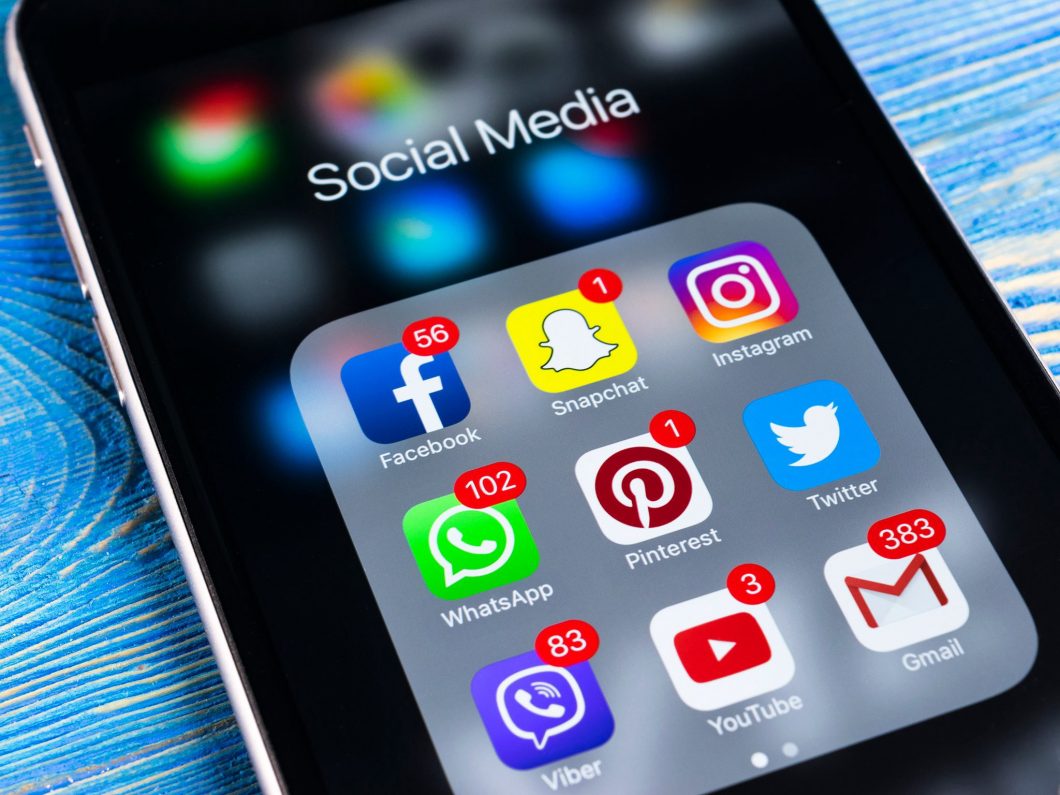In case you ever doubted the power of social media influencers, Kylie Jenner once commanded up to $1.2 million per Instagram post featuring a product or service. While those astronomical branding fees may have come down a bit — she still makes about a million per post — social media influencers hold tremendous clout, and even more brands are starting to catch on that if you want to reach the people, one of the best ways to do it is to rent the audience of a social media influencer.
In the last few years, searches for the term “influencer marketing” has also ballooned by over 1,500 percent, illustrating vast public interest in a practice that until recently was only reserved for the status of Kylie Jenner and other celeb-influencers and the brands that paid them to hawk their wares.
Increasingly, however, both large and small brands alike are realizing the benefits of smaller social media influencers — so-called micro- and nano-influencers — and their tighter, more close-knit communities, as well as the fact that they’re significantly cheaper. By bundling groups of these smaller influencers — one of the newest digital influencer trends — brands are able to assemble huge, impassioned markets at a fraction of the price of one top-tier influencer, which is of increasing importance to many businesses in a post-COVID-19 world.
The Rise of Influencer Marketing
According to many influencer marketing statistics, marketers plan on increasing their influencer marketing budgets in the coming year. That’s good news for influencers and the growing size of the global social media influencer marketing industry — say that 10 times fast! — which is estimated to be worth about $10 billion.
But the real shift will be the emergence of influencer networks, collectives that together can represent a sizable portion of a given market online. For brands, that makes it easy to speak to an audience through smaller, yet more trusted filters. And for the influencers, they’ll be able to assert their voice and position themselves with the communities and lifestyles that speak to them most.
Smaller social media influencers, such as the aforementioned micro- and nano-influencers, will also stand to benefit as their more loyal, more impassioned audiences are seen as being more valuable to brands that are seeking honest and real engagement, not raw numbers and celebrity. Unlike bigger influencers, micro- and nano-influencers may know a lot of their followers in person or interact with them often, increasing the value of their posts.
As brands start to realize the benefit of repeat interactions online, longer-term relationships with social media influencers may also start to develop, such as brand ambassadors and similar engagements. While also being beneficial to smaller influencers that can appreciate a steadier stream of income, brands will be getting more consistent and better interactions with the audiences they ultimately want to reach — a win-win for everyone!
On the other side of the coin, however, we’re also probably looking at stricter advertising guidelines from the Federal Trade Commission for disclosing brand relationships online. If someone’s being paid to pitch a product or service, it’s only natural that it’s disclosed to their audience — and it’s even more of a reason to only back products and services that the social media influencers themselves believe in.
However, for most influencers that are being transparent and honest, these rules shouldn’t change much. Many posts today include the #paid, #sponsored or #ad hashtags, making it easy to see if social media influencers and marketing departments are working together.

